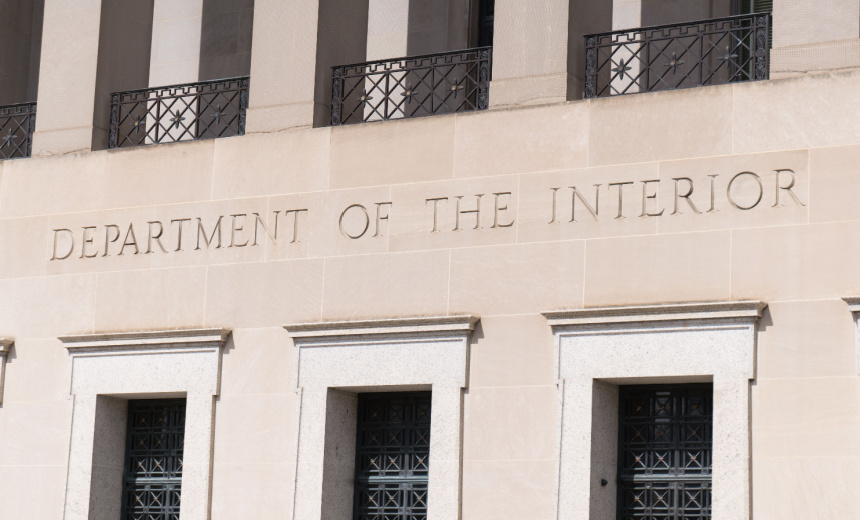Several senior technology and cybersecurity officials have been ousted from the U.S. Department of Interior due to their alleged involvement in a dispute with the Department of Government Efficiency regarding unvetted access to sensitive federal data and government systems. The removal of these officials comes amidst a larger effort by President Donald Trump and Elon Musk to streamline the federal workforce and cut spending, which has raised concerns about security protocols and the handling of government data.
Interior has been a target for the Department of Government Efficiency (DOGE) since the campaign to reduce government size and spending began. President Trump and Elon Musk have been utilizing artificial intelligence systems to identify potential waste within government data. This has caused unease among longtime federal officials who fear that security protocols are being disregarded in the process. The recent dismissals of top technology officials at Interior highlight these concerns and the larger clash between government efficiency initiatives and data security.
The personnel purge at Interior reportedly includes Chief Information Officer Darren Ash, Chief Information Security Officer Stan Lowe, and several officials from shared services and solicitor’s offices, including Associate Solicitor Tony Irish. Despite the dismissals, Interior has remained silent on the matter and has not provided any public comments on the situation. Requests for comment have gone unanswered.
Efforts by DOGE, led by Musk aides, to gain unchecked access to federal systems and sensitive government data have faced legal challenges, with judges issuing restraining orders and criticizing the initiatives as potentially invasive. Interior Secretary Doug Burgum has defended the initiative, stating that the agency is committed to cutting spending and eliminating waste. However, the legal backlash and ongoing concerns about data security have cast a shadow over the initiative.
Details surrounding the dismissals of senior officials at Interior remain murky, with conflicting reports and vague explanations. Tony Irish, one of the officials removed from his position, addressed the situation in a LinkedIn post, suggesting that the reports of his firing may not be entirely accurate and indicating that he is prepared to answer any charges brought against him through the administrative process.
The removal of key cybersecurity leaders across government, including the recent firing of U.S. Air Force Gen. Timothy Haugh, further underscores the tumultuous environment within federal agencies. President Trump’s actions in removing these officials have sparked concerns about loyalty and security within the government, particularly following a meeting with far-right influencer Laura Loomer where accusations of disloyalty were made.
As the landscape of cybersecurity leadership evolves and tensions rise within government agencies, the focus on balancing efficiency with data security becomes increasingly critical. The White House’s silence on these recent developments only adds to the uncertainty surrounding the future of cybersecurity and technology leadership within the federal government.


